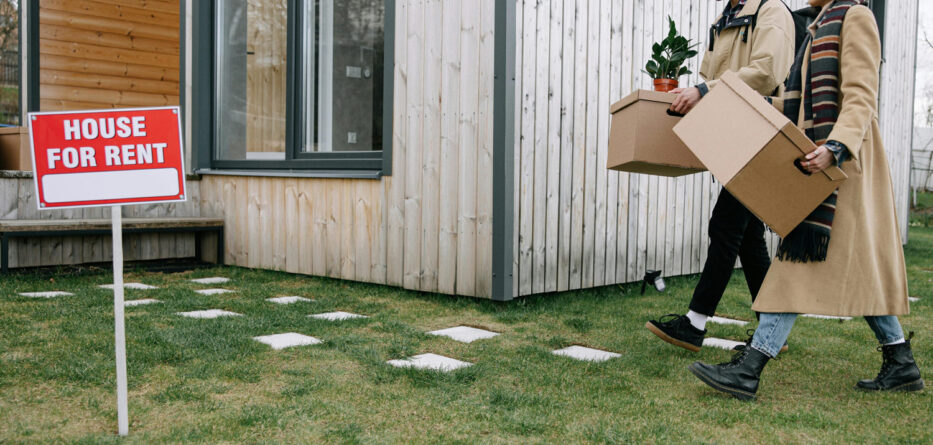Roddy Scheer & Doug Moss
EarthTalk
Climate change poses a growing threat to human civilization by rapidly altering our environment and increasing the frequency, intensity, and destructiveness of natural disasters. Our homes are at the forefront of these challenges, facing rising energy costs to regulate extreme temperatures and increased risks of property damage from storms and floods. Among the most vulnerable are the third of Americans who rent rather than own their homes. When disaster strikes, renters are often left unprotected, with limited options for relocation or recovery. Notably, the areas with the highest concentration of renters also tend to face the most severe climate-related risks. This trend is particularly evident in Florida and California, where 88 and 79 percent of rental units, respectively, are in high-risk areas. After a disaster, renters frequently endure further hardship through sudden rent increases or evictions, exacerbating their vulnerability.
Government agencies like FEMA, the Small Business Administration (SBA) and the U.S. Department of Agriculture (USDA) offer various forms of disaster relief for homeowners, including low-interest loans, nutrition assistance, short-term Supplemental Nutrition Assistance Program (SNAP) benefits, and rebuilding grants. However, renters receive little to no comparable aid. Beyond lacking direct assistance, renters have minimal control over post-disaster repairs, as landlords often opt for the fastest, cheapest fixes rather than investing in long-term, sustainable renovations.
To improve the safety and security of renters, disaster relief programs must incorporate targeted support and protections. In high-risk areas, expanding hazard-resistant building initiatives can ensure new construction and renovations prioritize climate resilience. Strengthening tenant protection laws can prevent post-disaster rent spikes and evictions, offering stability to those most affected. Also, lawmakers should require landlords to make climate-resilient upgrades, like using flood-resistant materials, improving insulation and modernizing energy systems. Expanding government relief programs to include rental assistance and temporary housing solutions can also help renters recover more effectively.
There are many ways individuals can contribute to renter protection: advocating for policy reforms; pushing for legislation that prioritizes renter protections; supporting tenant organizations; participating in community preparedness efforts. Also, raising awareness about available assistance programs, insurance options and renters’ legal rights empowers individuals to make informed decisions and protect themselves. By taking these steps, individuals can help foster a more equitable and resilient housing system that ensures renters are not left behind in the face of climate change.
CONTACTS: The Threat of Climate Change for Renters, https://nationalhousingtrust.org/news/threat-climate-change-renters.
EarthTalk® is produced by Roddy Scheer & Doug Moss for the 501(c)3 nonprofit EarthTalk. See more at https://emagazine.com. To donate, visit https://earthtalk.org. Send questions to: [email protected].





